According to statistics from KBSV Securities, as of May 2025, the average lending interest rate in the entire system decreased by about 0.4 percentage points compared to the beginning of the year. The average lending interest rate is currently at about 8% for large-scale joint-stock commercial banks and 9-10% for medium-sized banks.
In addition, statistics from Wichart show that for a 12-month term, the mobilization interest rate of the small commercial joint stock bank group has decreased from 5.26% in early January 2025 to 5.21% as of May 7. In the same period, the mobilization interest rate of the large commercial joint stock bank group decreased from 4.86% to 4.75%.
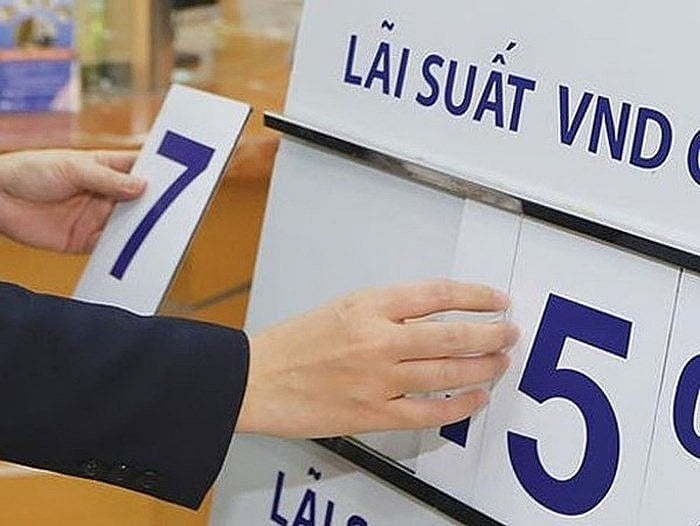
With a term of 6-9 months, the mobilization interest rate of the large joint stock commercial bank group decreased from 4.25% at the beginning of the year to 4.21% as of May 7, while the small joint stock commercial bank group decreased from 4.8% to 4.78%. Meanwhile, the Big4 bank group has not made many adjustments in mobilization interest rates since the beginning of the year.
However, according to many experts, there is not much room for banks to cut interest rates in the second half of 2025. In a recent report on the implementation of the National Assembly 's resolution on questioning, the State Bank also said that interest rates will be under a lot of pressure in the coming time.
The reason is that lending interest rates have tended to decrease sharply in recent times while the demand for credit capital for production, business and consumption is expected to increase strongly in the coming time to meet the economic growth target in 2025. In addition, capital mobilization of the entire credit institution system may be affected and compete with other investment channels (such as real estate, stock market), forcing banks to increase deposit interest rates, narrowing the room for reducing lending interest rates.
From the perspective of commercial banks, reducing deposit interest rates to create space to lower lending interest rates is posing a number of challenges for commercial banks, especially affecting the net interest margin (NIM) and liquidity of the banking system.
In fact, in addition to the tariff issue, the shrinking NIM was also a topic discussed by many joint stock commercial banks during the 2025 Annual General Meeting of Shareholders. Many banks recorded a sharp decline in NIM in the first quarter of 2025. According to SSI Research's report, Techcombank was one of the banks most affected when its NIM dropped sharply to 3.57%, down 79 basis points compared to the same period last year. Or at MSB, this bank's NIM was only 3.5%, 50 basis points lower than the same period last year.
In the face of current fluctuations, the SBV said it will continue to closely monitor market developments and the domestic and international economic situation to proactively, flexibly and effectively manage monetary policy. The SBV will closely coordinate with fiscal policy and other policies to promote economic growth, while maintaining macroeconomic stability, controlling inflation and ensuring major balances of the economy./.
Source: https://baodaknong.vn/thoi-gian-toi-mat-bang-lai-suat-se-co-nhieu-suc-ep-251866.html








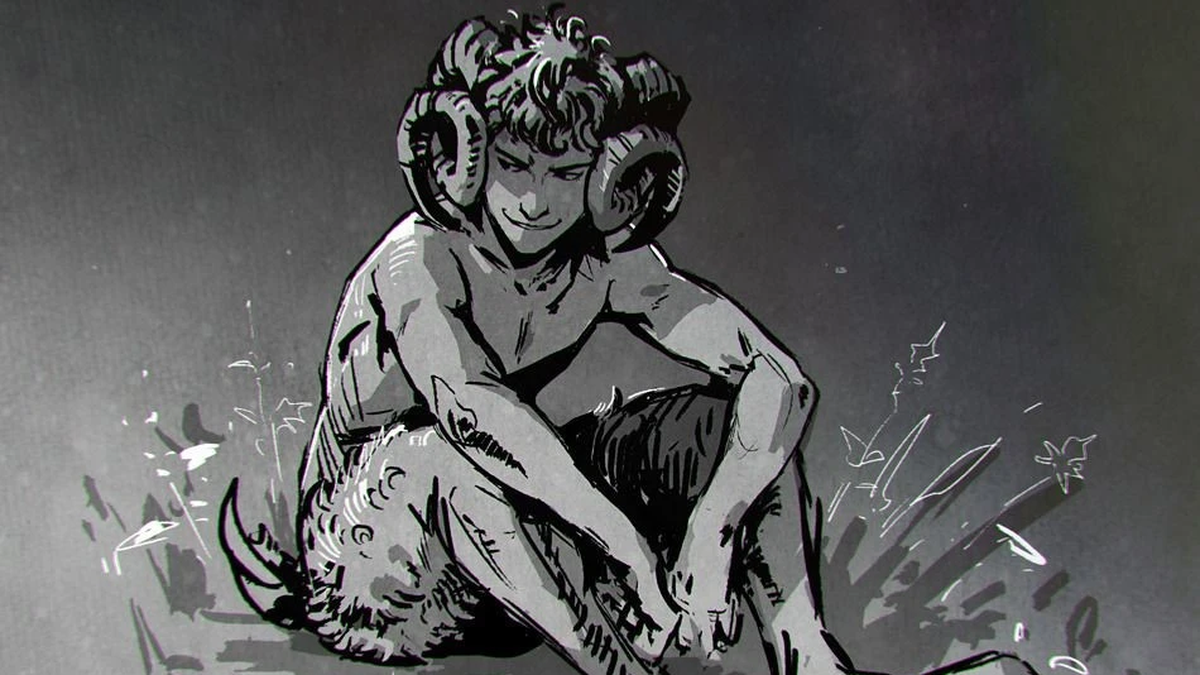

















































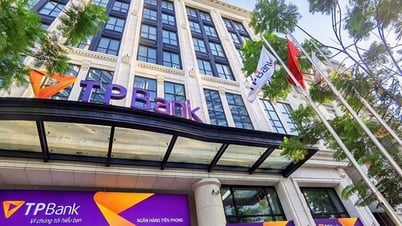

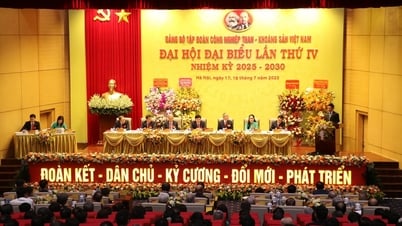
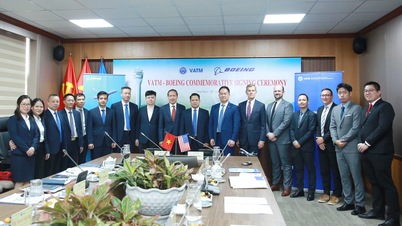


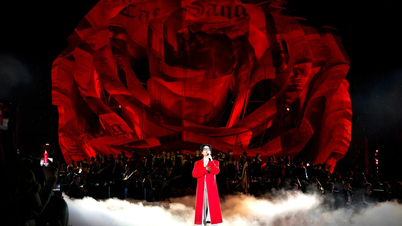

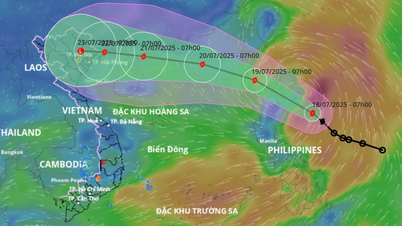






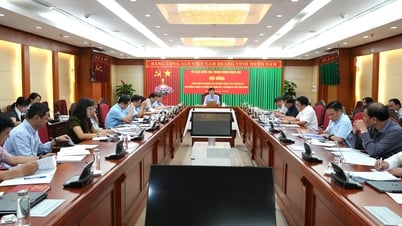




















![[Infographic] In 2025, 47 products will achieve national OCOP](https://vphoto.vietnam.vn/thumb/402x226/vietnam/resource/IMAGE/2025/7/16/5d672398b0744db3ab920e05db8e5b7d)





Comment (0)